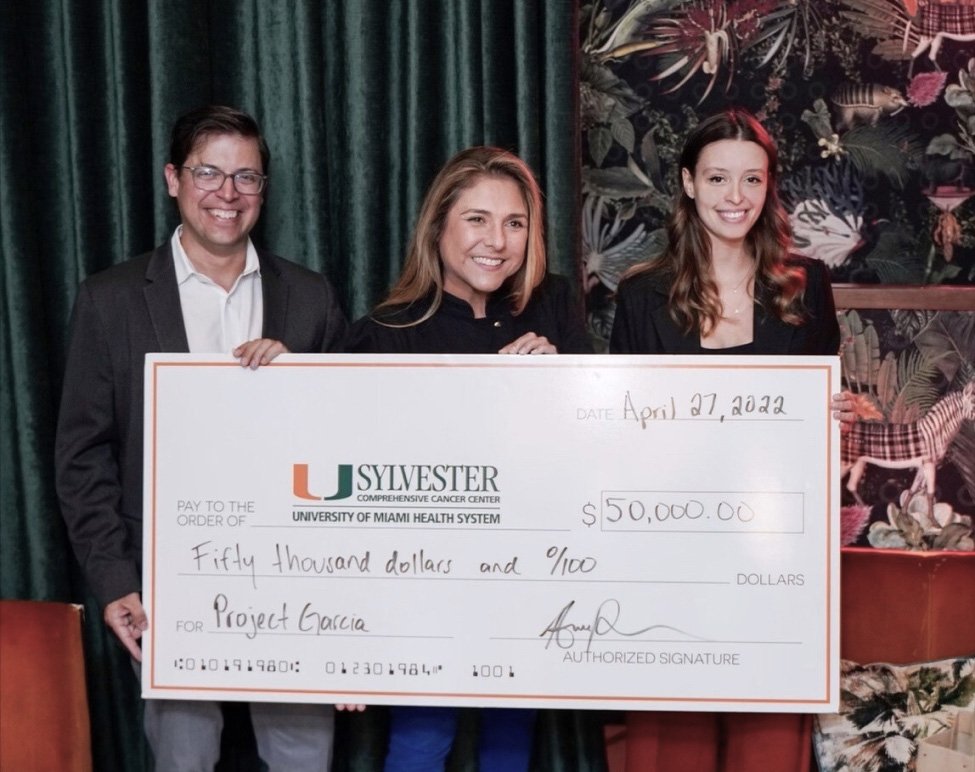our projects
Project Nate Roston
The Glioblastoma Research Organization celebrates Glioblastoma Awareness Day by launching Project Nate Roston, in partnership with Cleveland Clinic.

About Project Nate Roston
Dr. Hine’s research largely focuses on how diet and aging regulate the production of hydrogen sulfide inside the human body and how changes in hydrogen sulfide production impact health and wellbeing.
Project Nate Roston, formally named “Aging Associated Changes in Sulfur Amino Acid Metabolism Facilitate Glioblastoma Initiation and Growth” is a research initiative lead by Christopher Hine, PhD, in the Department of Cardiovascular and Metabolic Sciences at Cleveland Clinic’s Lerner Research Institute.
Glioblastoma (GBM), one of the deadliest forms of brain cancer, largely occurs in older adults. The median age at diagnosis is 65 and patient prognosis is known to decline with increased age. Christopher Hine, PhD, a researcher in the Department of Cardiovascular and Metabolic Sciences at Cleveland Clinic’s Lerner Research Institute, has a theory that could explain why.
Dr. Hine’s research largely focuses on how diet and aging regulate the production of hydrogen sulfide (H₂S) inside the human body and how changes in hydrogen sulfide production impact health and wellbeing. This colorless gas known for its strong odor of rotten eggs and toxicity at high levels is produced in human cells, where it acts as a gaseous signaling molecule through a protein modification process called sulfhydration. In addition to playing an important role in delaying aging, studies have shown that hydrogen sulfide suppresses tumor growth in a number of different types of cancers, and new evidence suggests it can alter tumor immunity, making it more difficult for tumor cells to thrive.
Dr. Hine hypothesizes that the aging-related decline in the H2S system permits GBM growth and progression while impeding the body’s natural anti-tumor surveillances. With funding from the Glioblastoma Research Organization, he will test this hypothesis by studying how chronological aging versus biological aging affects the GBM cells directly as well as the host and using various genetic, nutritional, and pharmacological approaches to manipulate the H2S system. Discovering how hydrogen sulfide functions to suppress GBM could lead to the development of enhanced therapeutic approaches in adults with glioblastoma.












